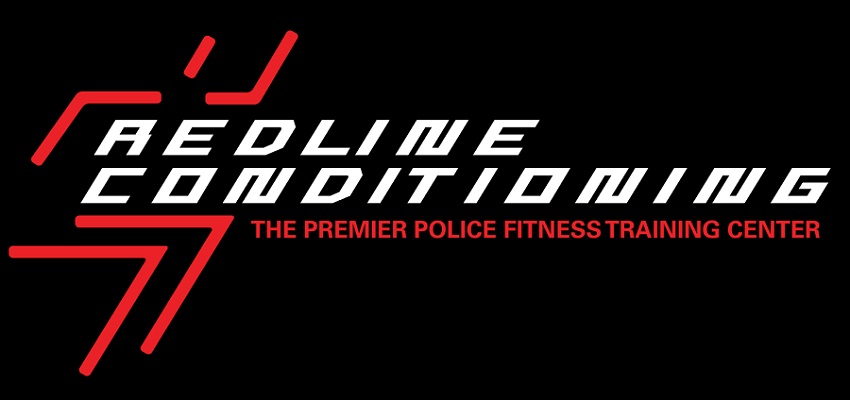When I
started Redline Conditioning three years ago, it began as a side thing to my
regular job. But I had every intention of it becoming my full blown baby to
nurture and grow. This past year, I finally took the next step forward, from
being an employee to an entrepreneur. 2013 has been a year of growth.
The first
growth spurt was finding a place called home. Whether it was a space all to
myself or dropping in to someone else’s facility, I didn’t care as long as I
had somewhere to train. I eventually found my home at Palmer’s Pro Fitness
Studio in South Surrey, back in January. And I can’t thank my lucky stars
enough for finding that place. The owner, Kensley Palmer, is a chill and laid
back dude. His studio has great space for training, and he has great training equipment
for clients to have “fun” with. What more could I ask for?
The growth spurt
continued with increasing my exposure, letting people know what I do best. And
what I do best is train future cops, and getting people to move better. My
experience in training is mainly with police applicant, so I put myself in
front of people who can get me that exposure. A former neighbour is an
instructor at JIBC (Justice Institute of BC), where she teaches a course in
their Law Enforcement Diploma studies. We arranged for me to present to the
class the importance of physical training not only for the physical abilities
test (PARE, POPAT, COPAT, etc.) but for the academy itself.
I networked
with a local recruiter to talk shop and explain why I’m the go to guy for
police training. It also helps that I know the recruiter from our triathlon
days. I also networked with a local officer who runs practice test sessions for
applicants. I put myself in a position to get recognized for what I do.
The next big
growth spurt was joining an online coaching group. It has helped me
tremendously. Never underestimate the value a coach can bring to you. A good
coach (and I got a really good one), can help cut your time in half in terms of
reaching your goals. They’ve gone through what you’ve gone through, and they
know how to get through it. Having that knowledge to help you navigate the
inevitable pitfalls is crucial. Since joining that group I’ve learned how to
better market myself, and not be afraid to tell people what I do.
One growth
spurt I’m proud of was being contacted by the RCMP to help them with a training
session. They had started an accelerated recruiting program for women, and
needed help with an en masse PARE training session. It was great exposure for
me, as it got me in front of dozens and dozens of potential recruits. But the
fact that RCMP would contact me, that let me know I’m doing something right.
They recognize me as the go to guy for training.
Recently I
started on Twitter to increase my marketing exposure, and I started following
one of the RCMP twitter handles. Not long after I got an endorsement from them.
That just
made me feel good :)
And all
throughout the year I’ve gotten emails from people across the country, looking
for advice on training. Some have even become client of mine, either in person
or online. People are learning who I am and what I do, and what I do best. My
reputation continues to grow.
No doubt,
2013 has been a good year, but I’m not resting here. I’m only getting started.
If 2013 was
my year of growth, then 2014 is my coming out party. I want to explode on the
scene and let everyone know who the best trainer is. I want more, and I’m gonna
get it in the two zero one four.
If you haven’t
already checked me out on the various social media platforms, you can find me
on Facebook, Instagram,Twitter, and Youtube. Check out the following:
Facebook – https://www.facebook.com/rlconditioning
Instagram – http://instagram.com/rlconditioning
Have a Happy
New Year everybody, and may 2014 be your best year yet!

